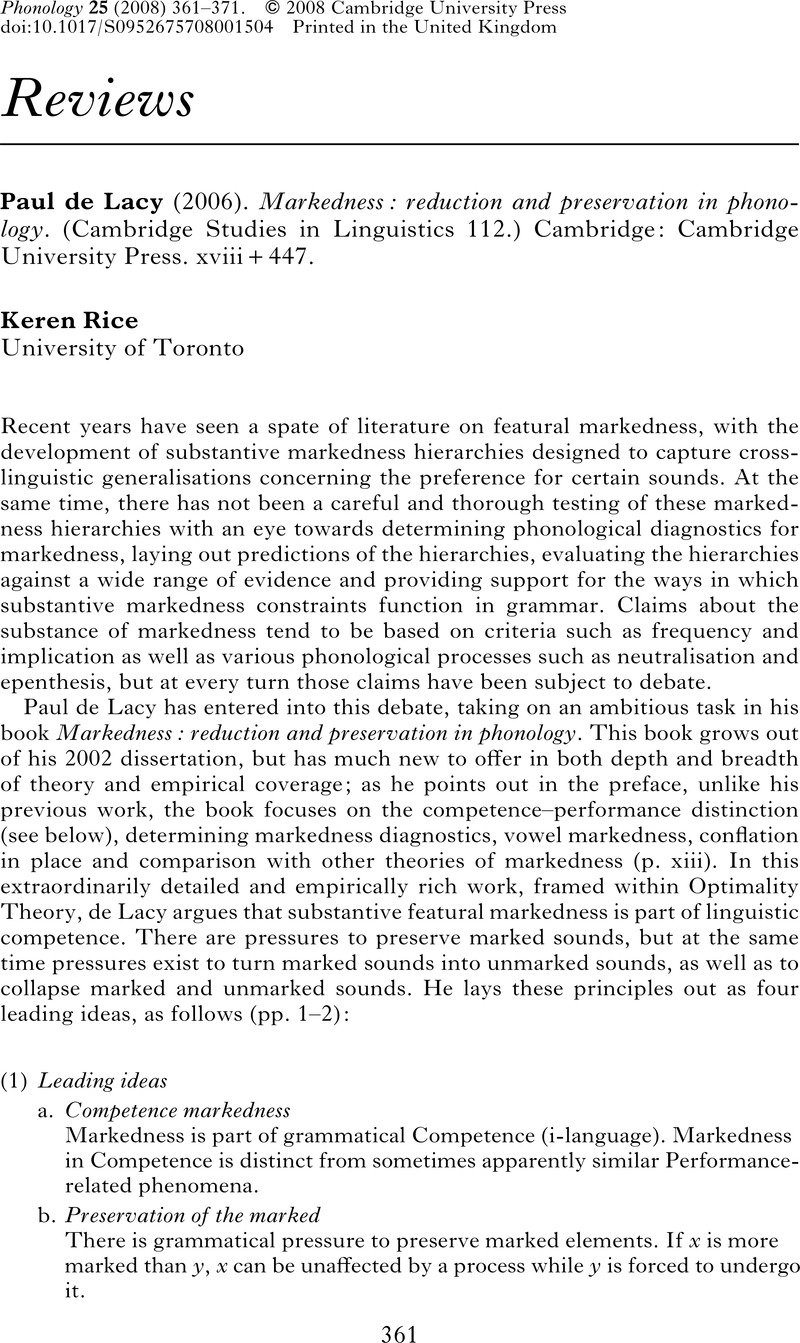Crossref Citations
This article has been cited by the following publications. This list is generated based on data provided by Crossref.
Hall, Nancy
2011.
The Blackwell Companion to Phonology.
p.
1.
Hall, T. A.
2011.
The Blackwell Companion to Phonology.
p.
1.
RAMSAMMY, MICHAEL
2013.
Word-final nasal velarisation in Spanish.
Journal of Linguistics,
Vol. 49,
Issue. 1,
p.
215.
O’Hara, Charlie
2023.
Emergent learning bias and the underattestation of simple patterns.
Natural Language & Linguistic Theory,
Vol. 41,
Issue. 4,
p.
1465.
Wang, Wei
2023.
L2 Proficiency Level Influences Loanword Adaptation: Variable Adaptation of English Co-occurrence of Low Vowel and Nasal Into Mandarin.
Sage Open,
Vol. 13,
Issue. 4,



